Examples of typical Brobnar cards are Ganger Chieftain, Loot the Bodies, Grump Buggy and Pile of Skulls. Uniquely, in Worlds Collide all common Giant creatures also have a more powerful Mega variant.
With limited potential for Æmber gain and Æmber control, Brobnar wasn't a powerhouse in any of the sets.User:Coffeesaga/Sandbox: Difference between revisions
Coffeesaga (talk | contribs) |
Coffeesaga (talk | contribs) |
||
| Line 86: | Line 86: | ||
Similarly to Mars, its strength improved in Age of Ascension with cards like [[Proclamation 346E]], [[The Grey Rider]] and [[Barrister Joya]]. Also like Mars, it was rotated out for Worlds Collide. | Similarly to Mars, its strength improved in Age of Ascension with cards like [[Proclamation 346E]], [[The Grey Rider]] and [[Barrister Joya]]. Also like Mars, it was rotated out for Worlds Collide. | ||
}} | |||
{{House Card | |||
|House=Saurian | |||
|Image=452-215.png | |||
|Text=With a unique mix of Greco-Roman culture and dinosaurs, Saurian was one of the new houses in the game's third set, Worlds Collide. Exploring the theme of hubris through the [[exalt]] keyword that was introduced exclusively with Saurians, big creatures with high risk / high reward effects define this house: [[Senator Shrix]], [[Cincinnatus Rex]], [[Saurus Rex]], [[Gargantodon]] and many others. | |||
Secondary themes include steal-hate, capturing and [[Ward|warding]]. Saurian immediately proved to be both a fan favorite and a competitively successful house. | |||
}} | |||
{{House Card | |||
|House=Shadows | |||
|Image=341-303.png | |||
|Text=Shadows is the sneaky house. It contains small, [[elusive]] creatures and powerful effects that deal direct damage and, more than any other house, steal Æmber. This is emphasized with cards like [[Ronnie Wristclocks]], [[Miasma]], [[Relentless Whispers]] and [[Too Much to Protect]]. | |||
[[Bait and Switch]] was largely considered to be the best card in the game, until it was [[:Category:Errata|errata]]'d and its power considerably lowered. | |||
As stealing is arguably the most impactful mechanic in the game, Shadows has proven to be by far the most competitively successful house across the game's first two sets. | |||
}} | |||
{{House Card | |||
|House=Star Alliance | |||
|Image=452-301.png | |||
|Text=Introduced in Worlds Collide alongside Saurian and inspired by classic sci-fi tropes, Star Alliance is thematically the opposite of house Mars. As the primary mechanics are allowing playing and using cards outside of the [[active house]], Star Alliance brings cohesion and efficiency to decks. This is exemplified in cards like [[Captain Val Jericho]], [[Com. Officer Kirby]], [[United Action]] and [[Commander Chan]]. | |||
Star Alliance also has more [[:Category:Upgrade|upgrades]] than any other house, including a unique Blaster for each common creature in Worlds Collide, as well as Robot creatures that can also be played as upgrades. Just like Saurian, Star Alliance is considered one of the best houses in Worlds Collide. | |||
}} | |||
{{House Card | |||
|House=Untamed | |||
|Image=452-389.png | |||
|Text=Untamed is the house inspired by nature and wilderness, featuring animals, plants, humans and other lifeforms. Untamed's primary themes are Æmber burst and recursion. [[Dust Pixie]], [[Hunting Witch]], [[Witch of the Eye]] and [[Key Charge]] are some of the cards that made Untamed the house with the best Æmber generation in Call of the Archons. | |||
[[Mimicry]], [[Nepenthe Seed]], [[Duskwitch]] and [[Heart of the Forest]] are some of the other iconic Untamed cards. | |||
}} | }} | ||
Revision as of 00:10, 15 May 2020
BLINKINGLINE IS WATCHING 👀
Tasks
Ongoing
- ❑ Monitor VT results
- ❑ Monitor VW results (if possible)
- ❑ Monitor Worlds information
- ❑ Monitor Links & Resources; check for new content and double check for broken links
- ❑ Update Official Articles page
- ❑ Continue prioritizing mobile friendliness of site
To Do List ☑
- ❑ Vault Tour subpages
- ❑ Finish all top cards
- ❑ Templates
- ❑ Merge all top cards templates
- ❑ Deck Evaluation page (new)
- ❑ Is my deck good/special? (And how do I play it?)
- ❑ Are deck ratings accurate?
- ❑ Chainbounds/store level events (include images of prizes, etc.) (new)
- ❑ Other Products Page (new)
- ❑ Overview of RPG, story book
- ❑ Sets / Individual Set Pages
- ❑ Can I play all the sets against each other?
- ❑ Separate out the gameplay section with a dedicated "Combos" section (Can anyone give a summary of houses, powerful cards, combos, and the meta?)
- ❑ Lore
- ❑ Fictional stories on FFG pages
- ❑ Fictional stories in the rulebook
- ❑ RPG/Genesys
- ❑ Upcoming story book
Uncategorized Questions
- What product should I buy (starter, individual decks, etc.)?
- Where can I find local players?
- Which set should I buy?
- How do you handicap strong decks or players? Does it work?
- How do I teach KF to new players?
- Is FFG making KF online?
- Can I replace cards that are missing/damaged? How do I find missing cards?
Weird Ideas
- ❑ Pages for designers
- ❑ Cube/drafting section
- ❑ Attending a VT/competitive event
House redesign
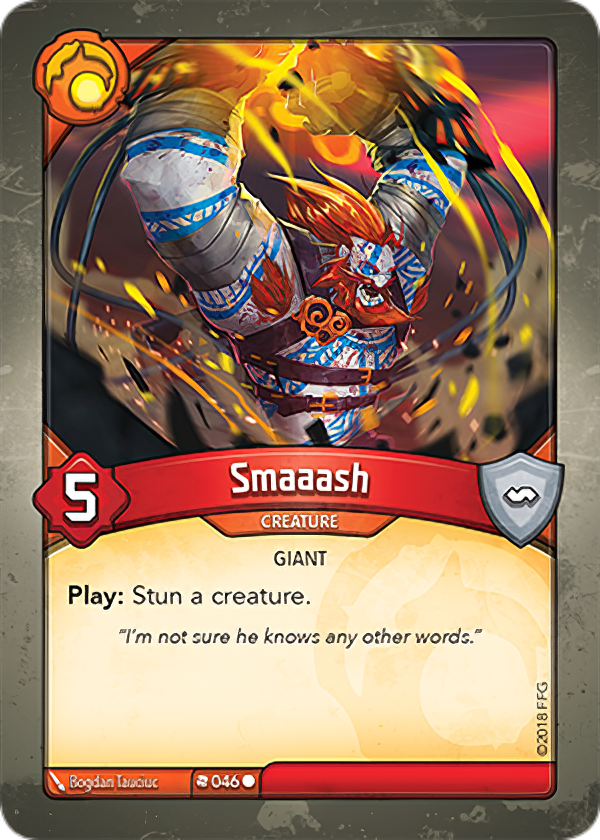

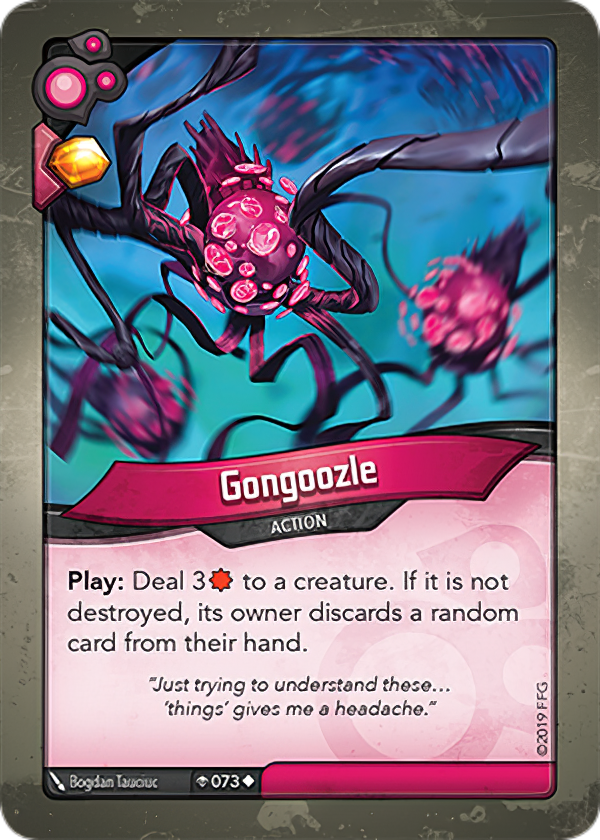

Some of the most powerful cards in KeyForge are in Dis: Control the Weak, Ember Imp, Gateway to Dis, Collar of Subordination and Infurnace.
Dis has proven to be a staple of many competitive decks, especially in Call of the Archons.
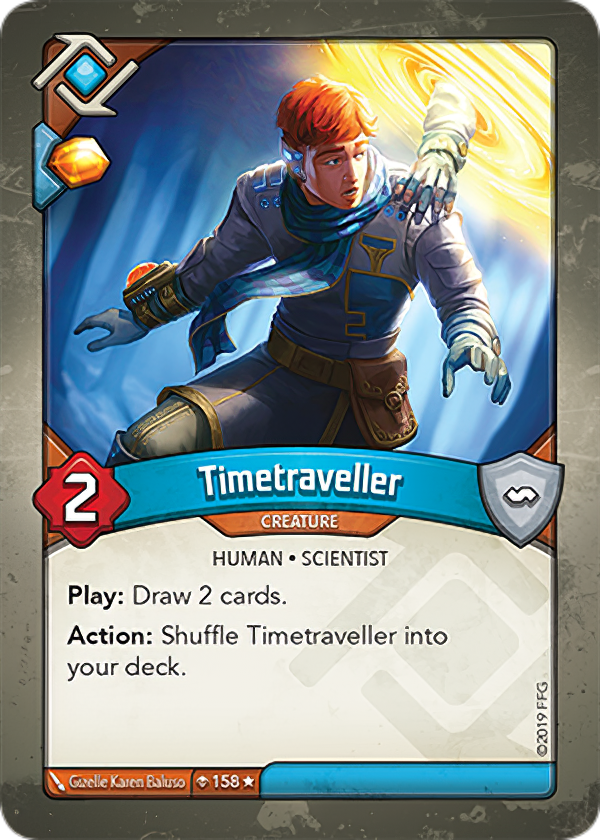

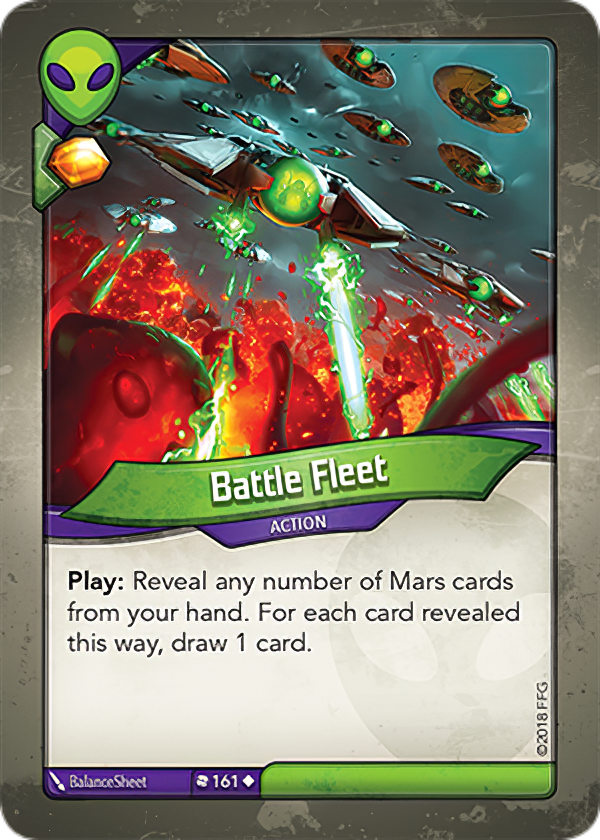

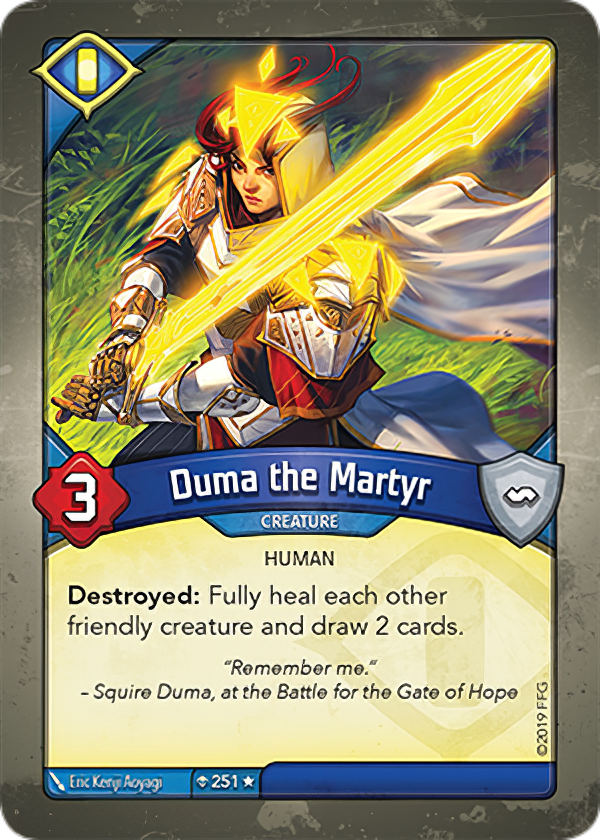

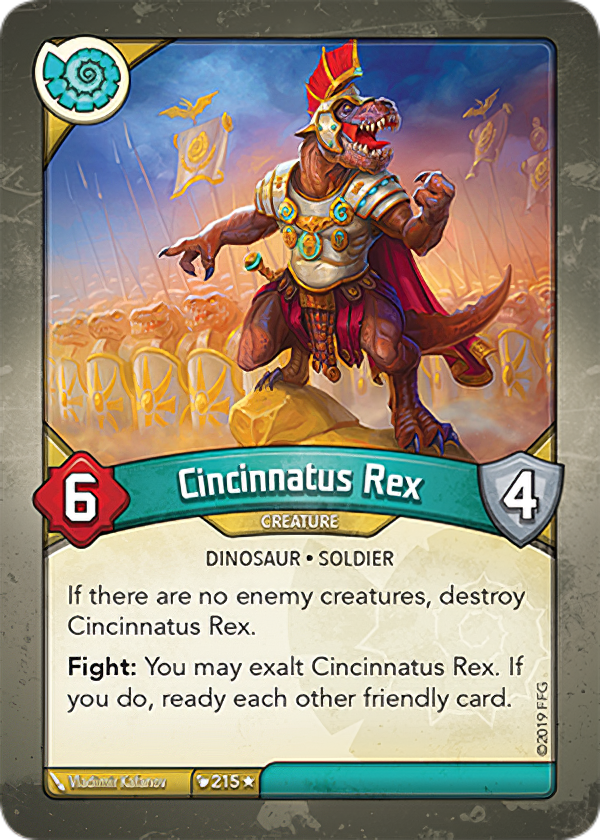

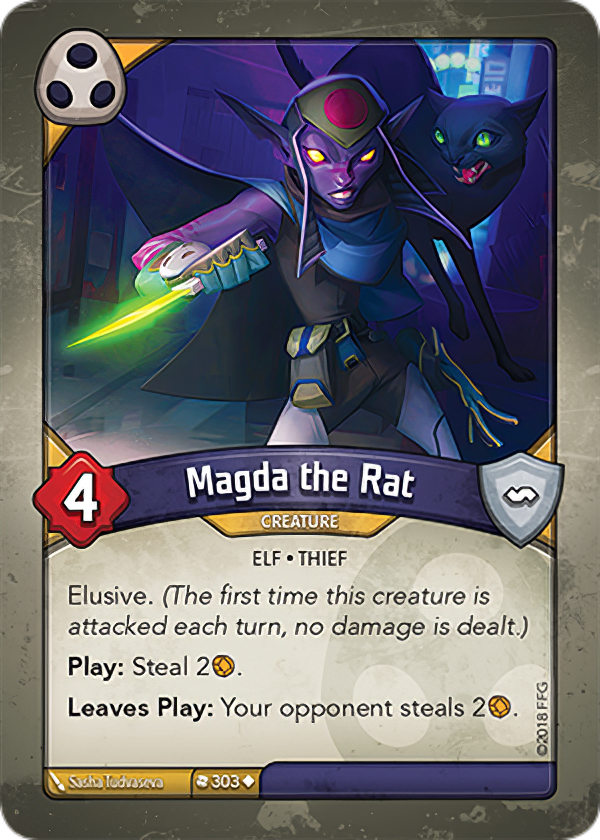

Bait and Switch was largely considered to be the best card in the game, until it was errata'd and its power considerably lowered.
As stealing is arguably the most impactful mechanic in the game, Shadows has proven to be by far the most competitively successful house across the game's first two sets.
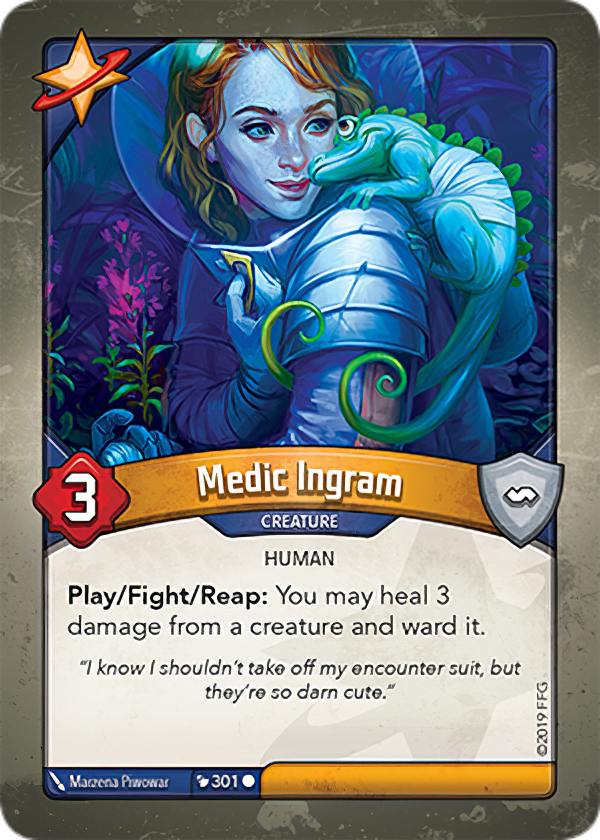

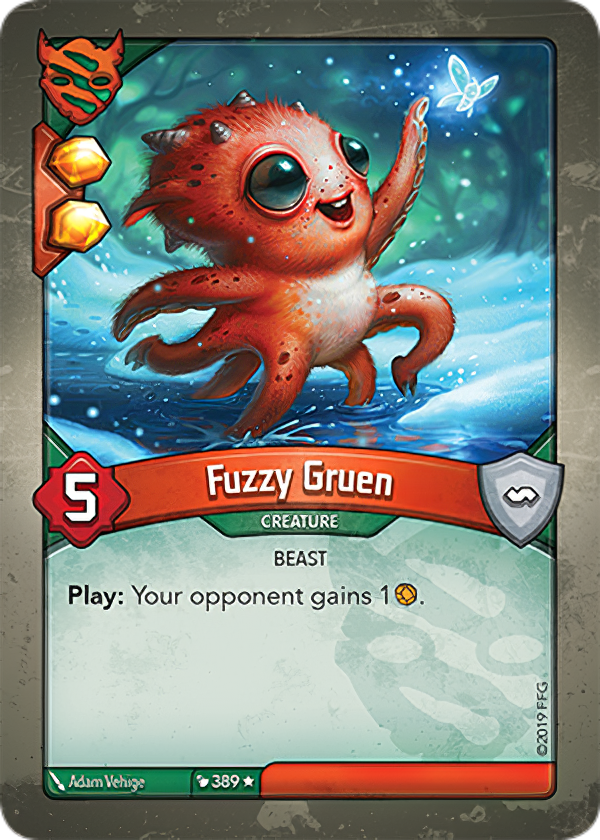

Card overlay
This is some fun text right here text should be inline here
Mulligan things
If you are the first player, drawing 7 cards gives you the following probabilities for your hand shape:
- 3-2-2 (34.44%)
- 4-2-1 (28.18%)
- 3-3-1 (20.87%)
- 4-3-0 (7.83%)
- 5-1-1 (4.10%)
- 5-2-0 (3.76%)
- 6-1-0 (.80%)
- 7-0-0 (.03%)
| House 1 | House 2 | House 3 | Probability |
|---|---|---|---|
| 3 | 2 | 2 | 34.44 |
| 4 | 2 | 1 | 28.18 |
| 3 | 3 | 1 | 20.87 |
| 4 | 3 | 0 | 7.83 |
| 5 | 1 | 1 | 4.10 |
| 5 | 2 | 0 | 3.76 |
| 6 | 1 | 0 | .80 |
| 7 | 0 | 0 | .03 |
After the mulligan (or if you're the second player) you have the following probabilities of hand shape:
- 3-2-1 (53.67%)
- 2-2-2 (14.76%)
- 4-1-1 (10.98%)
- 4-2-0 (10.06%)
- 3-3-0 (7.45%)
- 5-1-0 (2.93%)
- 6-0-0 (.14%)
| House 1 | House 2 | House 3 | Probability |
|---|---|---|---|
| 3 | 2 | 1 | 53.67 |
| 2 | 2 | 2 | 14.76 |
| 4 | 1 | 1 | 10.98 |
| 4 | 2 | 0 | 10.06 |
| 3 | 3 | 0 | 7.45 |
| 5 | 1 | 0 | 2.93 |
| 6 | 0 | 0 | .14 |
And if you're the second player taking a mulligan, you have the following:
Hand Probabilities
- 2-2-1 (41.60%)
- 3-1-1 (25.21%)
- 3-2-0 (23.11%)
- 4-1-0 (9.45%)
- 5-0-0 (.63%)
| House 1 | House 2 | House 3 | Probability |
|---|---|---|---|
| 2 | 2 | 1 | 41.60 |
| 3 | 1 | 1 | 25.21 |
| 3 | 2 | 0 | 23.11 |
| 4 | 1 | 0 | 9.45 |
| 5 | 0 | 0 | .63 |
The question often comes up "How likely am I to redraw cards that I just put back into my deck after using a mulligan?". In the table below, you'll see the results of 10,000,000 6 card draws followed by 5 card draws of three deck makeups[1].
| # redrawn | All Unique | 2 sets of 2 cards | 1 set of 3 cards |
|---|---|---|---|
| 0 | 37.81294 | 34.25509 | 33.09266 |
| 1 | 43.61144 | 43.80313 | 43.60717 |
| 2 | 16.14783 | 18.5513 | 19.40653 |
| 3 | 2.30691 | 3.1727 | 3.60981 |
| 4 | 0.1194 | 0.21365 | 0.27703 |
| 5 | 0.00148 | 0.00413 | 0.0068% |
Resources
- Template:Flag - displays a flag from a specific country
- Template:House - displays the house logo from a specific house
- Template:Pie Chart - displays pie charts between 2 and 8 entries
- Template:Quote - displays a block quote
- Template:Rarity - displays a symbol for card rarity (currently: common, uncommon, rare, special)
- Template:Title - displays a header in a colored background
- Template:Enhance - displays an enhancement icon
- Template:All Time Houses - shows the top houses by set in VTs
- Template:Top Houses and Sets - displays a graph of the houses within a set or a comparison across sets
- Template:VT Houses - displays a graph breaking down the top houses/sets
- Template:Top 16 - displays a list of top decks, with triad support
- Template:Top House Combinations - displays a top 10 list of the top house combinations from an event
- Template:VT Table - displays VT event results and upcoming Vault Tours
- Template:GC Table - displays GC event results and upcoming Grand Championships
- Template:VT TopCards by Rarity - displays a list of top cards from an event, organized by card rarity
- This needs tidying up/merging
- Currently on the Prime page: Template:VT Result Footer, Template:VT Result Row, Template:VT Result Header, Template:PC Result
- This needs tidying up/merging (once I finish the Primes page there should only be one left)
- Template:Article - displays a table containing FFG articles
- Template:Power Level Houses - displays a chart for showing the share of power level 4+ decks from each house
- Template:Organized_Play - put at the top of OP related pages
- Template:Set - put at the top of individual set pages
- Template:Vault Tour - put at the top of individual VT pages
- Template:Organized Play Footer - put at the bottom of OP related pages
- Template:Set Footer - put at the bottom of individual set pages
- Template:Supplement Footer - put at the bottom of supplement pages
- Template:Vault Tour Footer - put at the bottom of individual VT pages
Call of the Archons Cards
- ↑ Note that these numbers are derived using the Fisher-Yates shuffling algorithm, which is the same algortihm used on The Crucible Online.
In the "All Unique" model, every card in the deck is unique; there is no more than one copy of each card in the deck. In the "2 sets of 2 cards" model, there are duplicates of two cards in the deck (e.g. 2 copies of Bad Penny and 2 copies of Yxilo Bolter), and 1 copy of all other cards in the deck. In the "1 set of 3 cards" model, one card has 3 copies in the deck (e.g. 3 copies of Bad Penny) while all other cards in the deck have just 1 copy. Numbers courtesy of SkyJedi